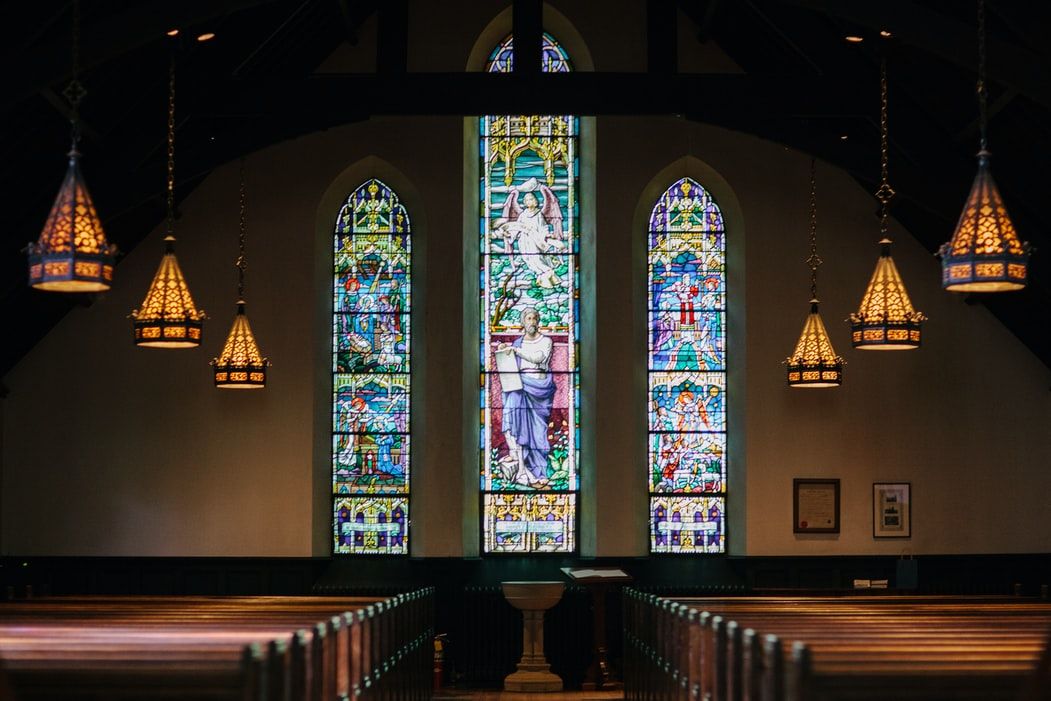After two years of COVID-19 travel restrictions, Christians from all over the world were permitted to attend Palm Sunday mass in Jerusalem’s Church of the Holy Sepulchre on Sunday.
Also read: After learning from COVID, Pentagon plans for next pandemic
Around 500 worshippers walked through the massive wooden doors of the church, which is the focal point of the Christian calendar’s most important event as the place where Jesus is believed to have been crucified and raised.
The Latin Patriarch of Jerusalem, Pierbattista Pizzaballa, told Reuters, “After two years of Covid, of restrictions, of closed churches, today we are in a normal atmosphere. We have a lot of pilgrims, a lot of local Christians. We are very happy. For us, it’s a kind of resurrection.”
Also read: IIT-Bombay research suggests modest COVID-19 may harm male fertility
Palm fronds were shaken by worshippers, a traditional gesture to commemorate the branches laid down by the masses welcoming Jesus to Jerusalem, as mentioned in the gospels. For Roman Catholics, this day marks the beginning of Holy Week.
“There’s no better place to celebrate Holy Week, seeing that this is where all the events originally took place and also seeing as the COVID-19 pandemic is mostly resolving, so it’s safe enough to come this year.” said the Joseph Obiajulu from new york city.
Israel has recently started allowing international tourists back into the country.
Holy Week is traditionally the busiest time of year for Christian pilgrims, but on Sunday, only around 20% of the average number of believers showed up. said Athanasius Macora.
Also read: NYC Mayor Eric Adams tests positive for COVID-19, has ‘raspy voice’
In 2021, about 400,000 visitors have entered Israel, declining from a record high of 4.55 million visitors in 2019, who contributed $7.2 billion to the Israeli economy.
“It’s very exciting and full of emotions,” said Patricia Mercader, from Spain. “Standing where he stood and feeling what he felt, there’s no words to explain it.”
Worshippers knelt and lit candles at the marble Stone of the Anointing, believed to be where Jesus’ body was readied for burial.







